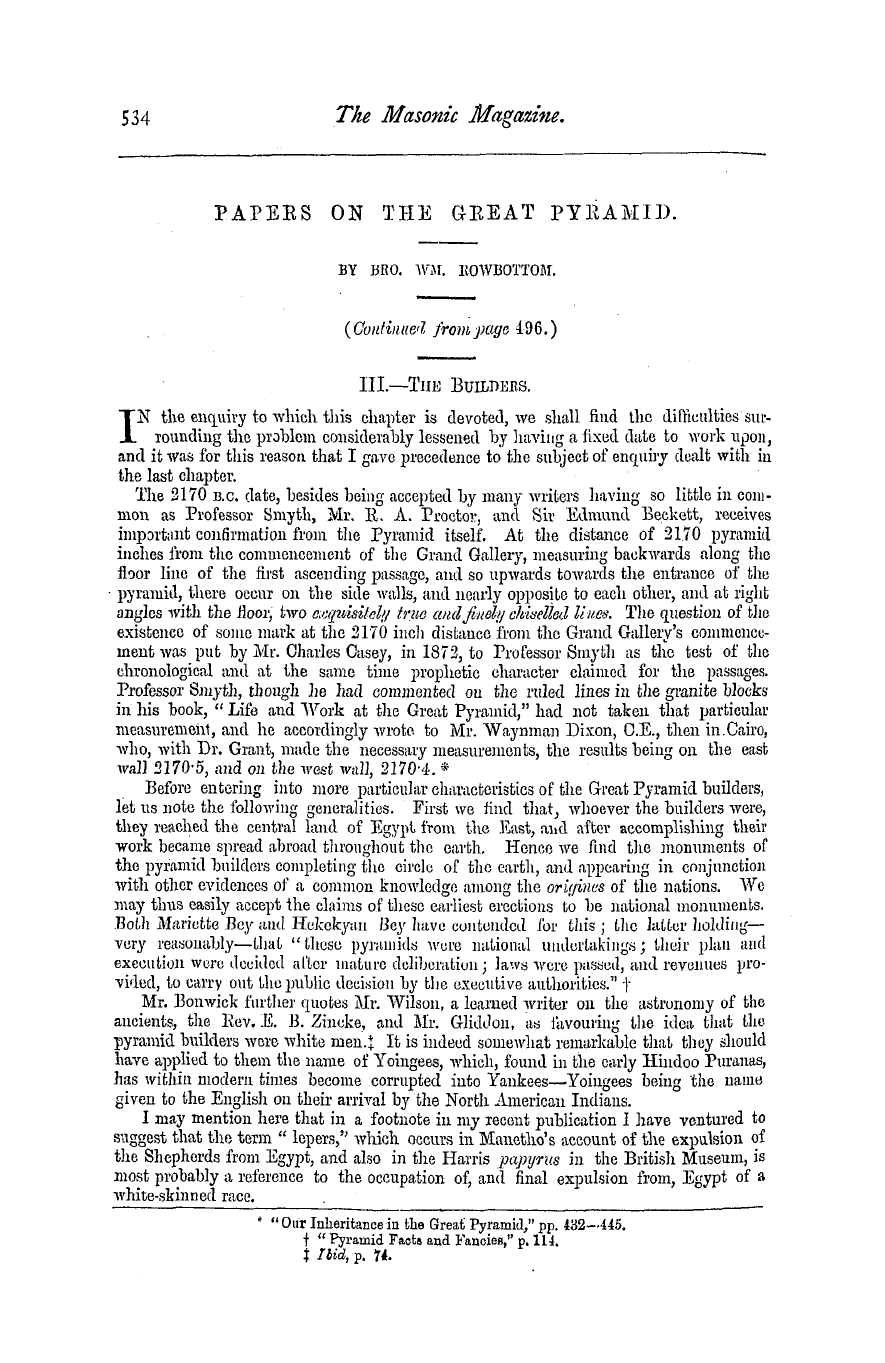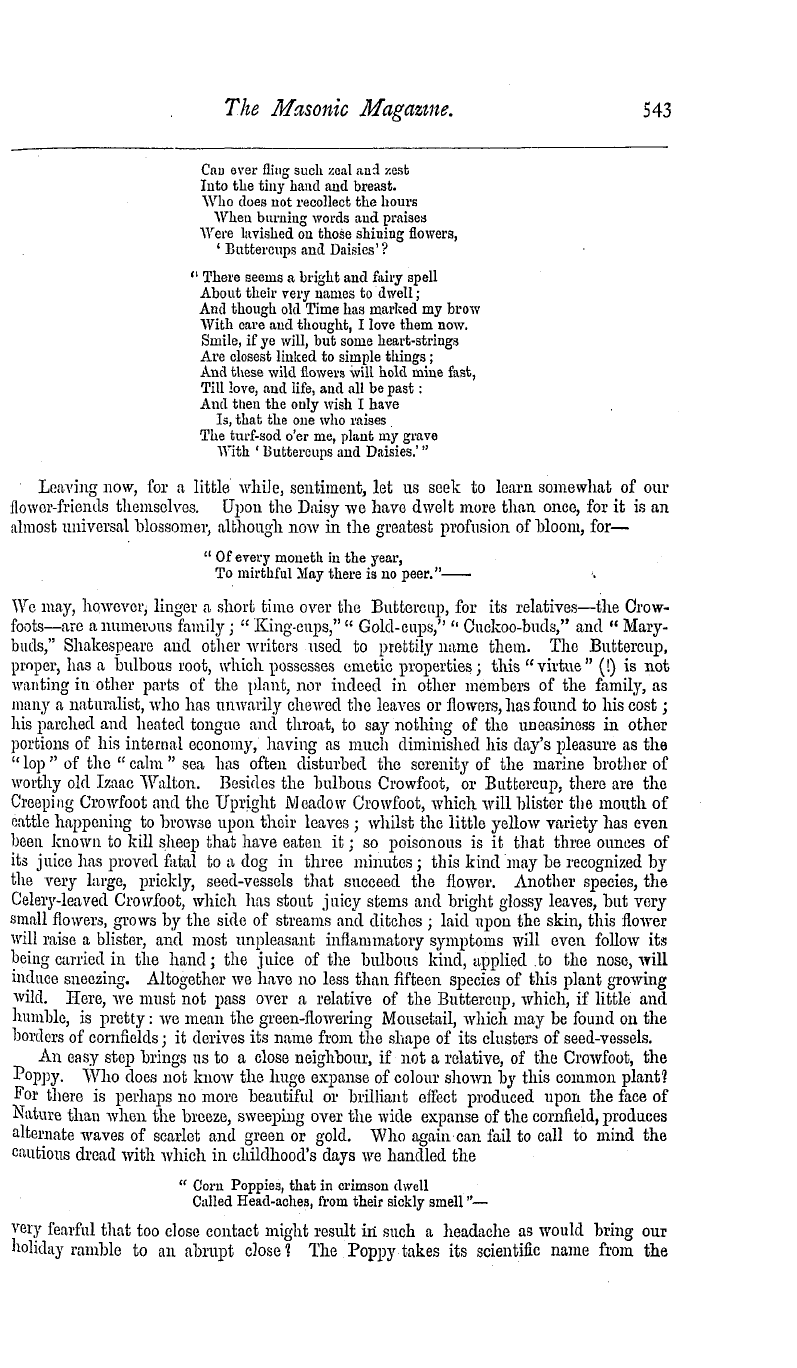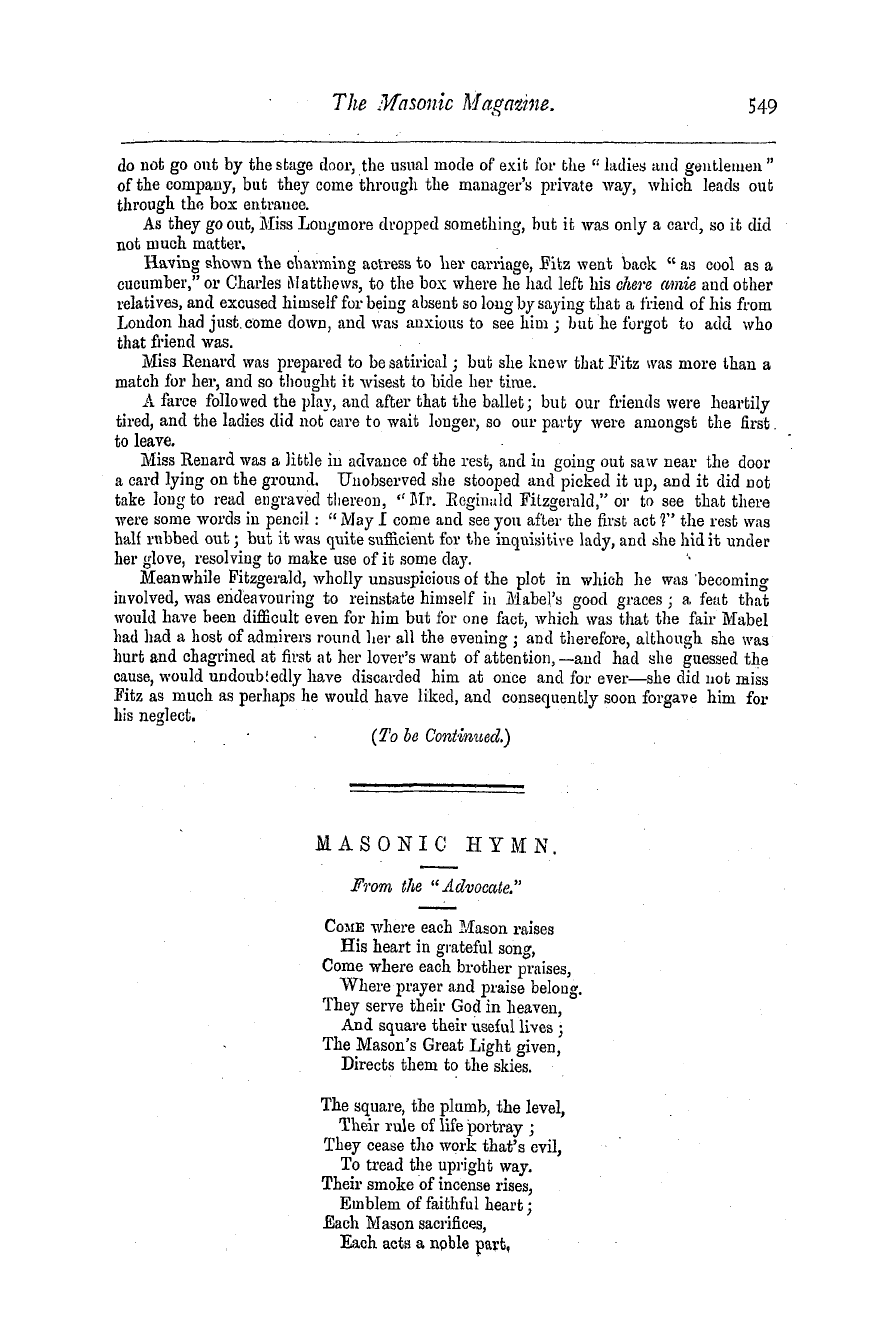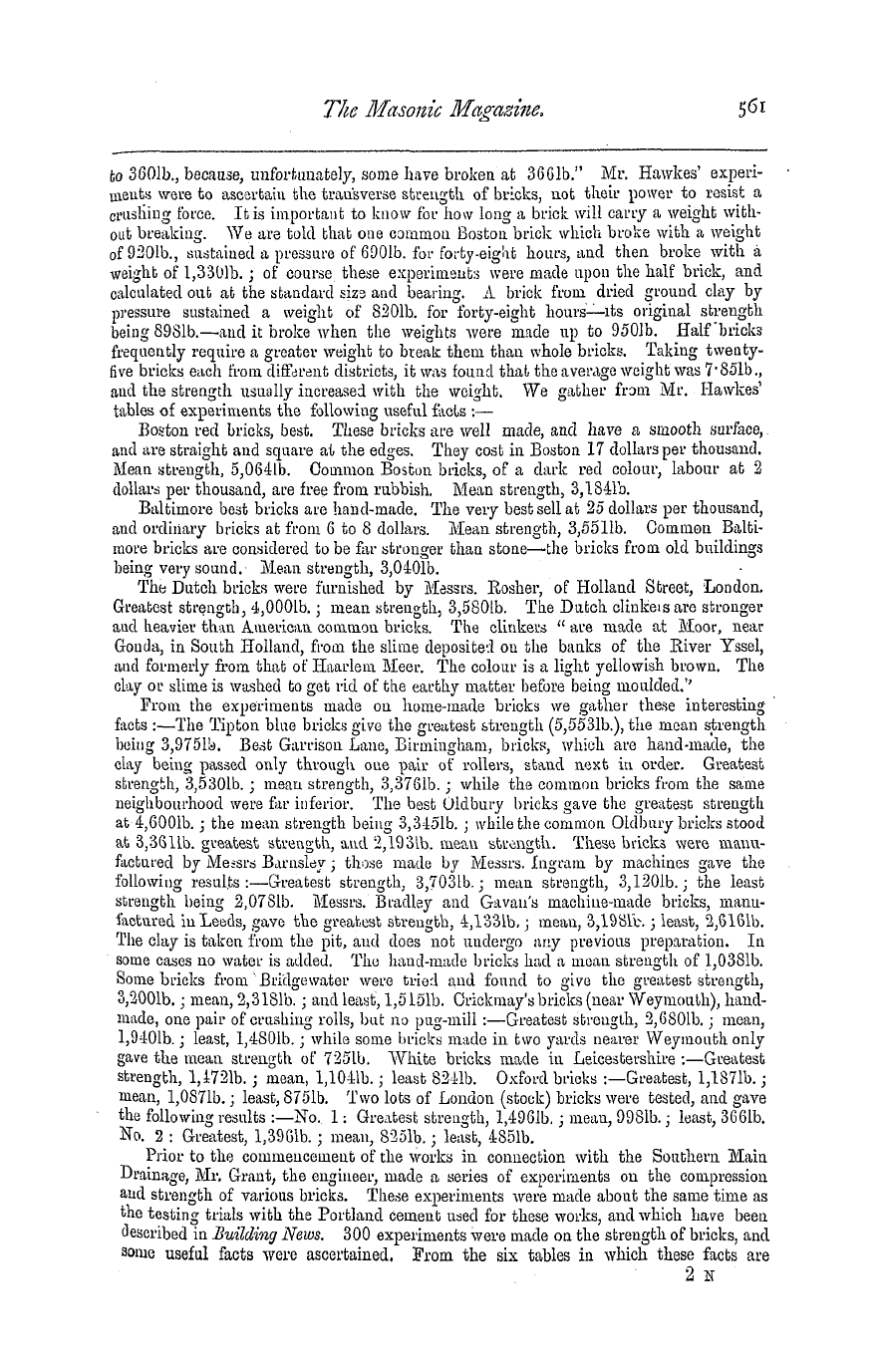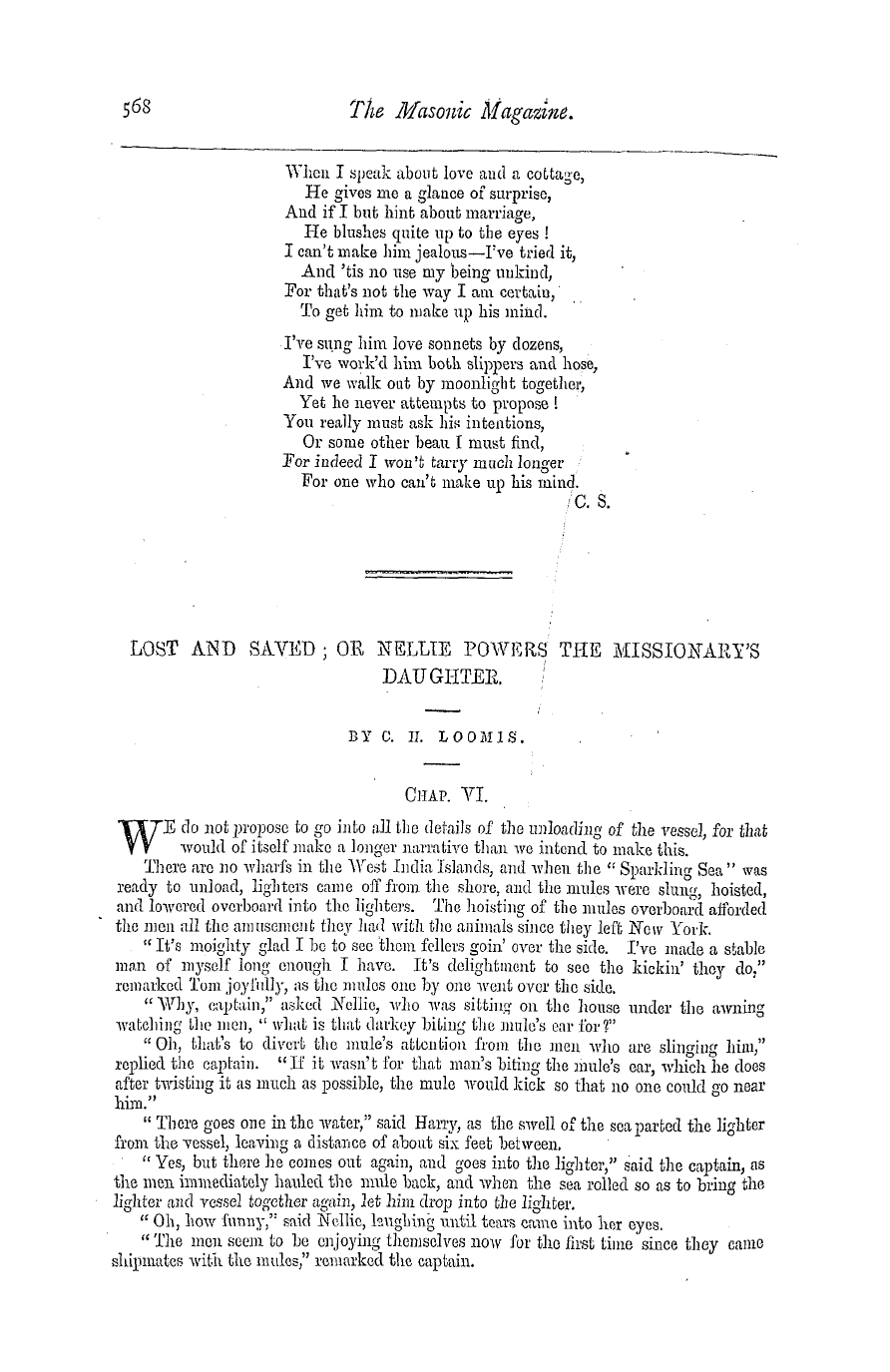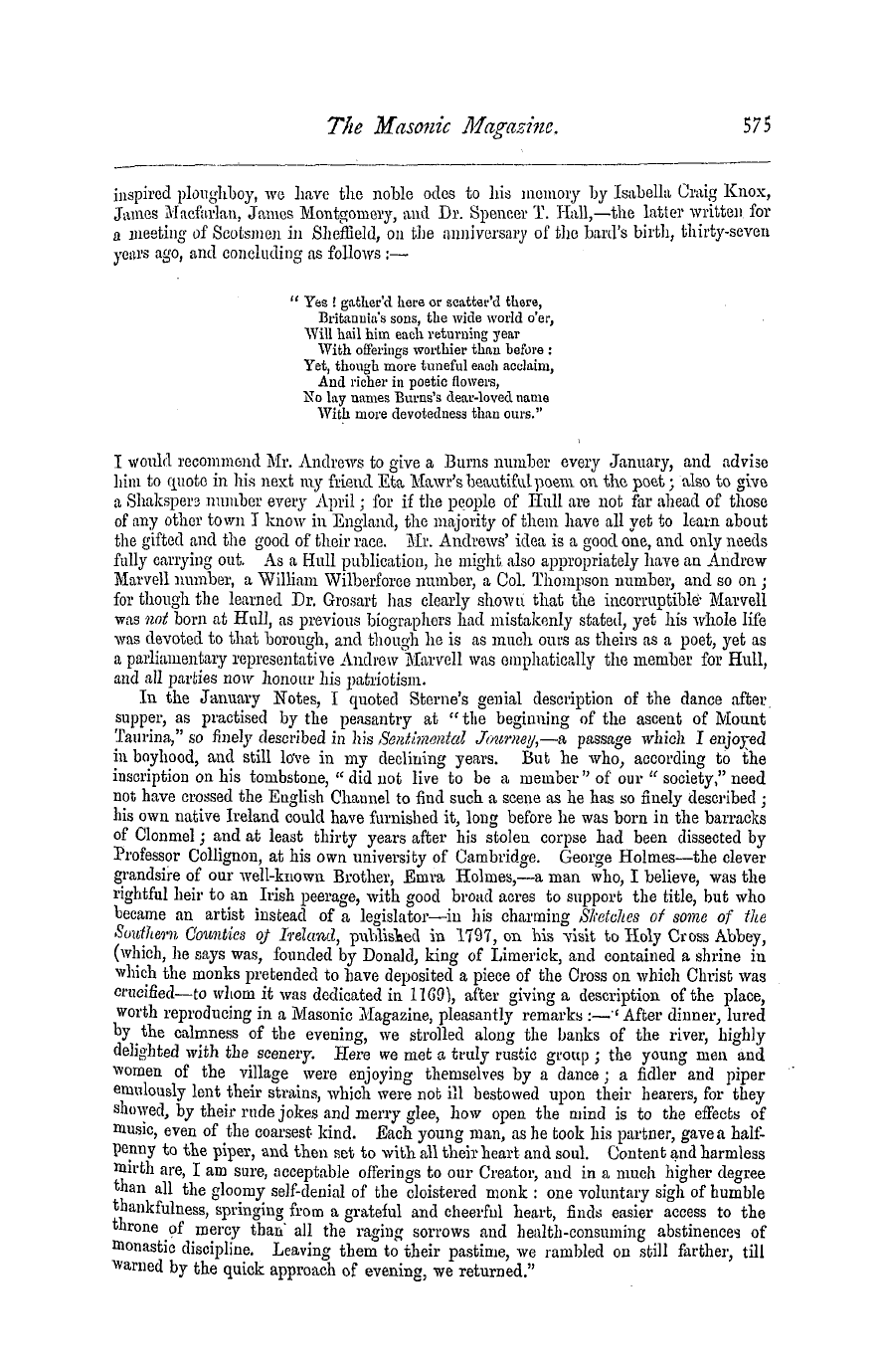Note: This text has been automatically extracted via Optical Character Recognition (OCR) software.
On The Testing And Strength Of Railway Materials, &C
ON THE TESTING AND STRENGTH OF RAILWAY MATERIALS , & c
BY BRO . E . M . BANCROFT , Mem . Civil and Mechaniccd Fnginccrs' Society . BRICKS . THE bricks of Romeivhich have withstood the lvear of seventeen hundred years
, , the bricks manufactured by the Dutch , ivhich have remained uninjured even when used for street paving , show the excellence which has been attained in the manufacture of this building material in past times . Oui- own British bricks made in the reigns of the Tudors and Stuarts were far superior to the bricks made in the rjresent day . In an American journal , the Rev . M . D . Conway , in a description of a visit to Thomas Carlyle ' s retired old mansion in Chelseastates that the renoivned owner
, , pointing to the bricks aud mortar which compose his dwelling , remarked : — " Look at these bricks , sir ; not one of them is a lie . Let a brick be once honestly burned , and the cement good , and your Avail will stand till the trump of doom blows it down . These bricks are as sharp as the day they were put up , and the mortar is now limestone . The houses all around us crumble , the bricks in them were made to crumble after sixty
years—that being the extent of most of the leases . Of the actual truth of Mr . Carl yle ' s exposure there is but little doubt . Despite the fact that the means of production have vastly improved , we are left Avith bricks that are roughly finished , imperfectly burned , and perfectly unable to hold together for much more than half a century . Undoubtedly the system , of building on leases for sixty or ninety-nine years has led to this deterioration in the strength and endurance of home-made bricks . The object is to obtain building materials as cheaply as possible ; and although complaints ivere made a feiv years ago as to the high price of bricks , yet they can be obtained at prices which do not allow of any great perfection in the
manufacture . Speculative builders will , of course , continue to encourage the sale of disgracefully-made bricks ; but for works ivhich are intended to resist the advances of time and the inroads of atmospheric influences , the best materials will be sought for . The experiments ivhich have been made of late years in testing the strength of bricks have been of great importance ; ivhile the careful methods adopted by the engineers engaged in the construction of the more recent of our great metropolitan works have led to good results . One of the most elaborate sets of experiments was made a few years ago by Mr . Hawkes , who ivas induced to enter into this subject by having to erect some farm buildings for himself . Mr . Haivkes , having experienced considerable benefit from testing pig-iron purchased for his foundry , thought it would
be Avorth ivhiln to do the like ivith the bricks to be used by his builder . He obtained thirty bricks ivhich ivere sent him as average samples of the kind proposed to be used for his buildings . He ascertained that the average strength of these bricks was somewhere about 1 , 3001 b ., but it appetrs that when the bulk of the materials ivas delivered , numbers of them were only of the average strength of about 8001 b . Two men can test 300 bricks by a testing machine in one hour ; aud that number is sufficiently large to
enable anyone to ascertain the average strength of a vast quantity of bricks . The method of testing was not to ascertain the breaking point , but the bearing power up to a certain average of strength . It has been stated that very few bricks will bear a pressure of three tons . Mr . Hawkes says : — " If you wanted to test bricks at B istott , Avhere the mean strength is 5 , 0 G 4 lb ., it might be considered that 4 , 0001 b . was a fair test . If bricks had been purchased at a tested strength in the year 2 C 0 at Uriconium , about 3 , 0001 b ., or if in Loudon in I 860 , I would advise the brickmaker to limit his guarantee
Note: This text has been automatically extracted via Optical Character Recognition (OCR) software.
On The Testing And Strength Of Railway Materials, &C
ON THE TESTING AND STRENGTH OF RAILWAY MATERIALS , & c
BY BRO . E . M . BANCROFT , Mem . Civil and Mechaniccd Fnginccrs' Society . BRICKS . THE bricks of Romeivhich have withstood the lvear of seventeen hundred years
, , the bricks manufactured by the Dutch , ivhich have remained uninjured even when used for street paving , show the excellence which has been attained in the manufacture of this building material in past times . Oui- own British bricks made in the reigns of the Tudors and Stuarts were far superior to the bricks made in the rjresent day . In an American journal , the Rev . M . D . Conway , in a description of a visit to Thomas Carlyle ' s retired old mansion in Chelseastates that the renoivned owner
, , pointing to the bricks aud mortar which compose his dwelling , remarked : — " Look at these bricks , sir ; not one of them is a lie . Let a brick be once honestly burned , and the cement good , and your Avail will stand till the trump of doom blows it down . These bricks are as sharp as the day they were put up , and the mortar is now limestone . The houses all around us crumble , the bricks in them were made to crumble after sixty
years—that being the extent of most of the leases . Of the actual truth of Mr . Carl yle ' s exposure there is but little doubt . Despite the fact that the means of production have vastly improved , we are left Avith bricks that are roughly finished , imperfectly burned , and perfectly unable to hold together for much more than half a century . Undoubtedly the system , of building on leases for sixty or ninety-nine years has led to this deterioration in the strength and endurance of home-made bricks . The object is to obtain building materials as cheaply as possible ; and although complaints ivere made a feiv years ago as to the high price of bricks , yet they can be obtained at prices which do not allow of any great perfection in the
manufacture . Speculative builders will , of course , continue to encourage the sale of disgracefully-made bricks ; but for works ivhich are intended to resist the advances of time and the inroads of atmospheric influences , the best materials will be sought for . The experiments ivhich have been made of late years in testing the strength of bricks have been of great importance ; ivhile the careful methods adopted by the engineers engaged in the construction of the more recent of our great metropolitan works have led to good results . One of the most elaborate sets of experiments was made a few years ago by Mr . Hawkes , who ivas induced to enter into this subject by having to erect some farm buildings for himself . Mr . Haivkes , having experienced considerable benefit from testing pig-iron purchased for his foundry , thought it would
be Avorth ivhiln to do the like ivith the bricks to be used by his builder . He obtained thirty bricks ivhich ivere sent him as average samples of the kind proposed to be used for his buildings . He ascertained that the average strength of these bricks was somewhere about 1 , 3001 b ., but it appetrs that when the bulk of the materials ivas delivered , numbers of them were only of the average strength of about 8001 b . Two men can test 300 bricks by a testing machine in one hour ; aud that number is sufficiently large to
enable anyone to ascertain the average strength of a vast quantity of bricks . The method of testing was not to ascertain the breaking point , but the bearing power up to a certain average of strength . It has been stated that very few bricks will bear a pressure of three tons . Mr . Hawkes says : — " If you wanted to test bricks at B istott , Avhere the mean strength is 5 , 0 G 4 lb ., it might be considered that 4 , 0001 b . was a fair test . If bricks had been purchased at a tested strength in the year 2 C 0 at Uriconium , about 3 , 0001 b ., or if in Loudon in I 860 , I would advise the brickmaker to limit his guarantee





